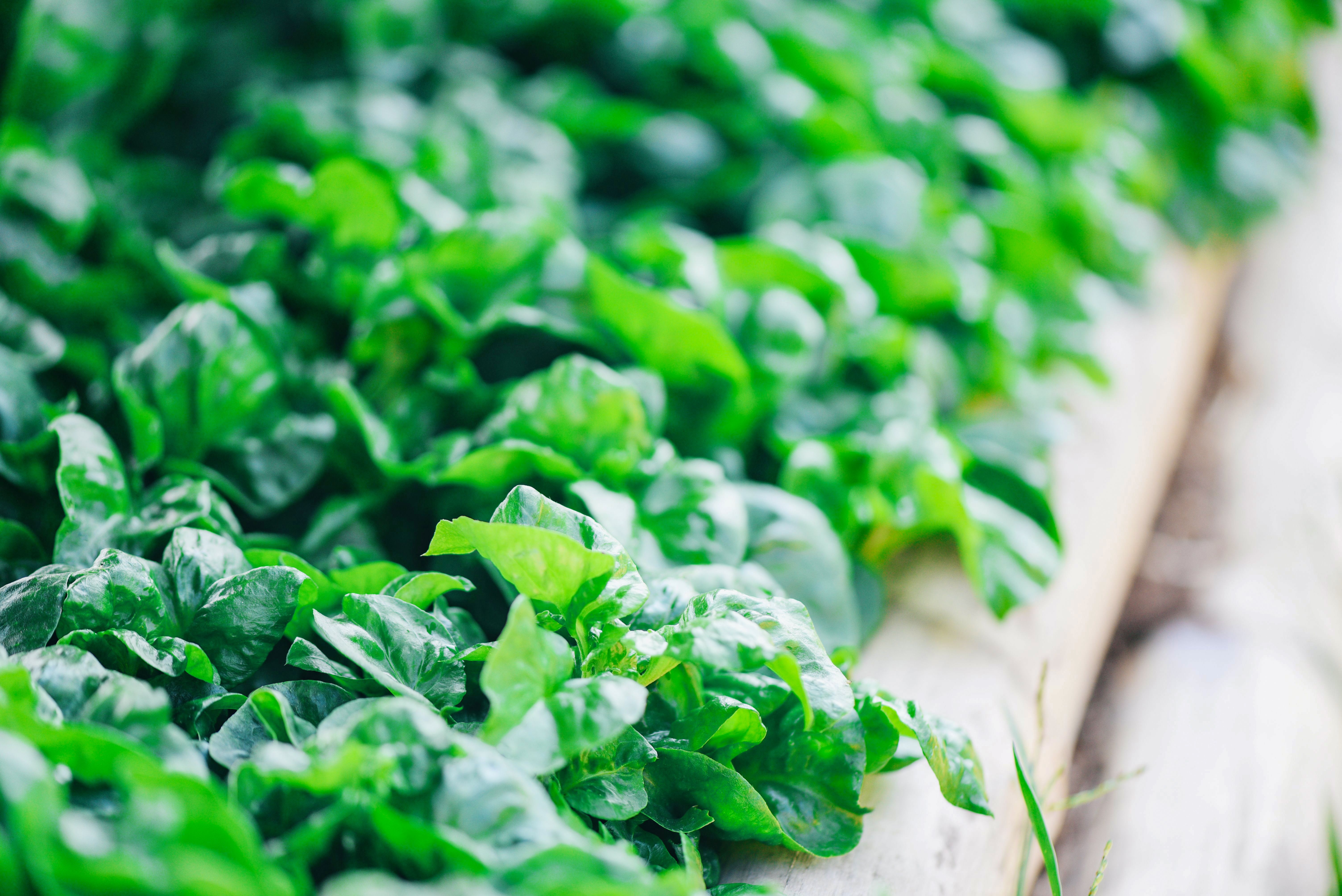- Home
- Gardening Tips
- Growing Watercress
Growing Watercress in Your Backyard
Have you considered growing watercress? You can learn how to grow watercress for your yummy watercress recipes in your own garden or pond.
Watercress, or Nasturtium, is in the mustard family, and has been cultivated for almost all of recorded history. It has been used in the past for a pick-me-up tonic, hair tonic, tea, salads, sandwiches, and researchers are now finding it may work to lessen the effects of smoking!
The Ancient Greeks thought Watercress could heal a sick mind or a hangover, and make you witty too! Some think it is an aphrodisiac. Thought to cleanse and purify blood, it is rich in iron, which is needed to generate new blood, so this makes good sense.
Watercress is also full of calcium, and vitamins A, C, and E. Loaded with nutrition and low in calories; what more could the health-conscious, organic home gardener ask for!

Soil for Watercress
As with most garden plants, starting with a good soil is important when growing watercress. Watercress isn't too fussy about the soil, but it does like it rich. You can grow it right in the garden or salad patch. Lots of humus will help keep the soil loose.
Planting Watercress
Plant the seeds in the spring, as soon as the danger of frost is past. Gently water the seedbed until the plants sprout, at which time a sprinkler can be used. A slightly sunken bed that can be flooded will give them the best chance. The seeds must be kept on the wet side of moist at all times! After sprouting, a layer of rich organic compost can help retain the moisture, as well as enrich the soil. Keep the mulch from touching the plants.
In temperate climates, watercress can be propagated by rooting pieces of young stems. Stick them in the ground at the edge of your water feature, or start them in a glass of water. Rain water is best for this.
Watering Watercress
You will find out while growing watercress that it, not surprisingly, likes a lot of water. It is actually an aquatic plant and prefers to grow next to water, even growing in the water.
It grows so well that it is considered a weed in areas with a lot of marsh or wetlands. A nice even level of moisture at all times will help keep your Cress from wilting and drying out. You could conceivably try growing watercress in a garden pond instead of the garden!
Lighting for Watercress
Cress prefers high light but not full sun; too much sun will cause it to become bitter and tough. Lots of sun will also make it harder to keep the bed wet. Most gardens are planted in full sun, so shade in the heat of the day is much appreciated by your Cress plants.
Best Temperature for Watercress
Watercress is more of a tropical plant in that it can't hold up to a freeze. It can tolerate a good amount of heat if it has shade to protect it.
Harvesting Watercress
Cress can be harvested continually by simply cutting off a few leaves or sprigs. Spare a few leaves on each stem for it to rejuvenate from. Once it gets too hot, the cress will be less tasty, as well as tough and stringy. This means it is best grown in early summer and late fall.
Maintenance Tips for Watercress
If you haven’t gotten the hint... Don't let this plant dry out! It needs a lot of water to thrive. Older plants can be cut back to encourage new growth. Leave about 4" or 5".
Watercress propagates through runners. These can be harvested and eaten or left to grow new plants.
If you have an ideal environment for your cress to grow, it may reward you by self-seeding and establishing a bed that will provide your table with fresh watercress for years to come!
Go from Growing Watercress to Smoothie Recipes
Go from Growing Watercress to Vegetable Gardening Tips